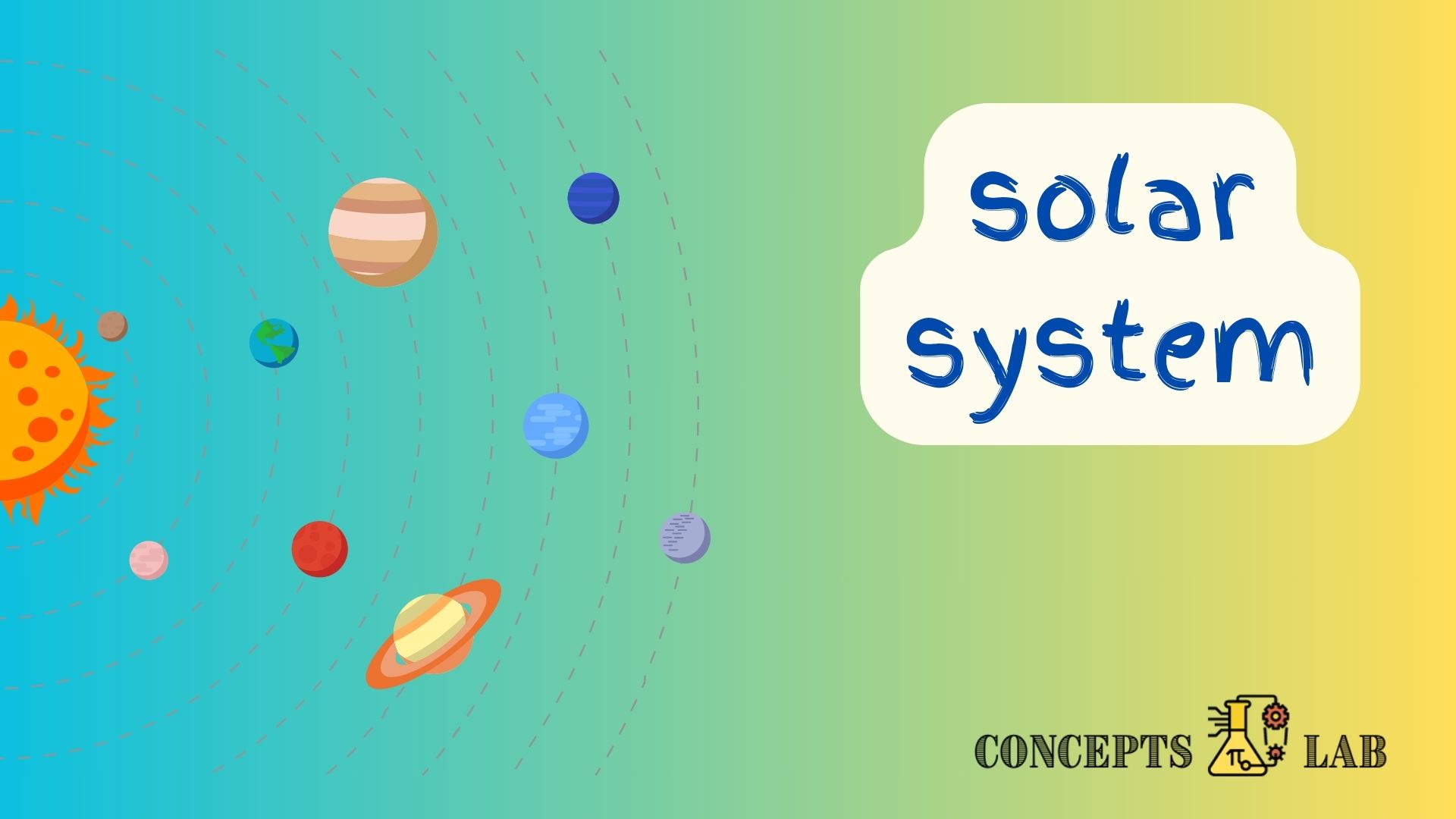Here are some interesting facts about it:
- Sun’s Enormous Size:
- The Sun makes up about 99.86% of the solar system’s total mass. It’s so large that approximately 1.3 million Earths could fit inside it.
- Planetary Diversity:
- There are eight recognized planets in our solar system. In order of their distance from the Sun: Mercury, Venus, Earth, Mars, Jupiter, Saturn, Uranus, and Neptune.
- Dwarf Planets:
- Pluto used to be considered the ninth planet, but it was reclassified as a dwarf planet in 2006. Other recognized dwarf planets in the solar system include Eris, Haumea, Makemake, and Ceres.
- Asteroid Belt:
- Between the orbits of Mars and Jupiter, there’s a region known as the asteroid belt. It contains a large number of small rocky bodies called asteroids.
- Gigantic Gas Giants:
- Jupiter, the largest planet, is more massive than all the other planets in the solar system combined. Saturn, famous for its stunning ring system, is also a gas giant.
- Earth’s Moon:
- Earth’s Moon is the fifth-largest moon in the solar system. It influences our planet’s tides and has played a significant role in shaping Earth’s history.
- Mars, the Red Planet:
- Mars is often called the “Red Planet” due to its reddish appearance. It has the largest volcano in the solar system, Olympus Mons, and a vast canyon system, Valles Marineris.
- Solar Wind:
- The Sun constantly releases a stream of charged particles known as the solar wind. This wind extends far beyond Pluto and defines the outer boundary of the solar system, called the heliopause.
- Voyager 1 and 2:
- The Voyager 1 and Voyager 2 spacecraft have traveled far beyond our solar system. Launched in 1977, Voyager 1 is currently the farthest human-made object from Earth.
- Unique Rings:
- Saturn’s spectacular rings are not solid but made up of countless particles, ranging in size from tiny dust grains to large chunks. Other gas giants, like Jupiter, Uranus, and Neptune, also have ring systems.
- Dwarf Planet with a Heart:
- Pluto, despite being a dwarf planet, captured our hearts when the New Horizons spacecraft revealed a heart-shaped region on its surface during its flyby in 2015.
- Io’s Volcanic Activity:
- Jupiter’s moon Io is the most volcanically active body in the solar system. It has more than 400 active volcanoes, spewing sulfur and other materials into space.
- Tallest Mountain in the Solar System:
- Mars boasts the tallest volcano in the solar system, Olympus Mons, which is nearly three times the height of Mount Everest.
- Spacecraft Explorers:
- Various spacecraft, such as the Mars rovers (Curiosity, Perseverance), the Hubble Space Telescope, and the Cassini spacecraft (which studied Saturn and its moons), have provided us with incredible insights into our solar system.
- Frozen World of Enceladus:
- Saturn’s moon Enceladus has geysers that shoot water vapor and icy particles into space, indicating the presence of a subsurface ocean.
These facts only scratch the surface of the wonders within our solar system. Ongoing exploration and scientific advancements continue to reveal new and exciting details about the celestial bodies that surround us.


No responses yet